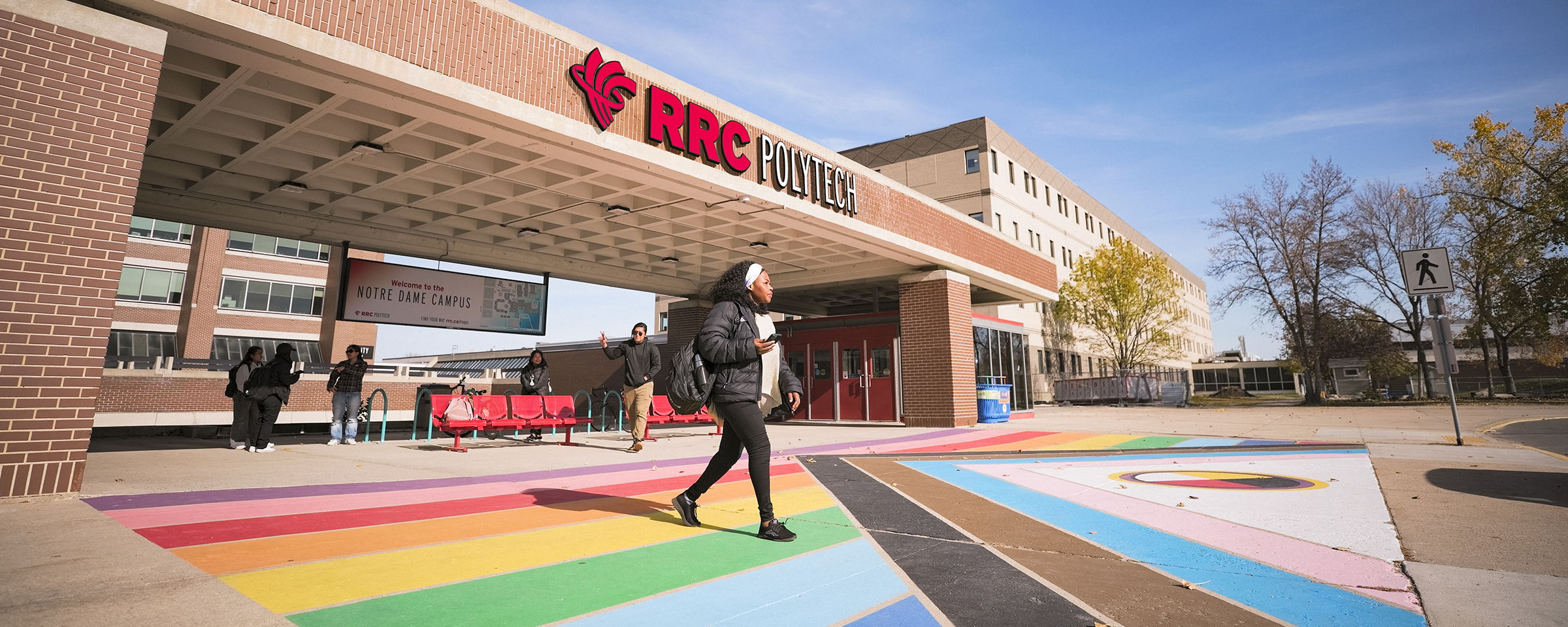RRC Awarded $1.7 million for Technology Access Centre

(From left): Fred Doern, Chair of Mechanical, Manufacturing & Communications at RRC; the Hon. Steven Fletcher, Minister of State (Transport); James Knight, President, Association of Canadian Community Colleges; MP Joyce Bateman (Winnipeg South Centre); the Hon. Gary Goodyear, Minister of State (Science and Technology); Stephanie Forsyth, President of RRC; and Dr. Suzanne Fortier, President, Natural Sciences and Engineering Research Council.
The Honourable Gary Goodyear, Minister of State for Science and Technology, announced today that Red River College will receive almost $1.7 million through NSERC’s Community and College Innovation Program to establish the A2i2: Advanced Aerospace Innovation Initiative.
This new technology access centre will focus on making RRC’s facilities, technologies and expertise available to small and medium enterprises in the aerospace and manufacturing sectors.
“This technology access centre builds on the partnerships RRC has formed with companies like StandardAero and Magellan Aerospace to enhance innovation and productivity in these key industry sectors,” said Stephanie Forsyth, President of Red River College. “Ultimately, the research done through A2i2 will create new jobs and other economic opportunities right here in Manitoba.”
Over the past decade, Red River College and its partners have invested over $20 million in acquiring state-of-the-art technologies specializing in advanced materials and bonding, imaging and automation, and machine vision and simulation. The A2i2 initiative will bring these facilities under one umbrella, making it easier for industry to access equipment and College researchers.
Red River College is Manitoba’s second-largest post secondary institution with over 30,000 enrolments in full-time, part-time and apprenticeship programs each year. RRC is also one of Canada’s leading colleges in the area of applied research, with a particular focus on sustainable infrastructure, alternative energy vehicles, and aerospace manufacturing.





